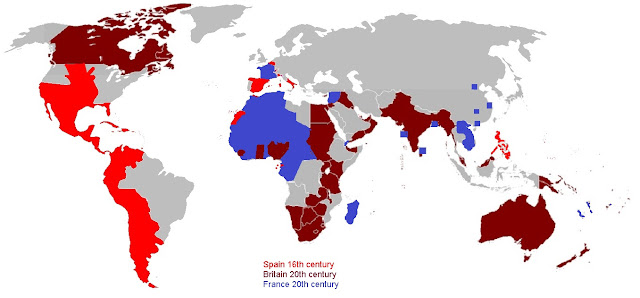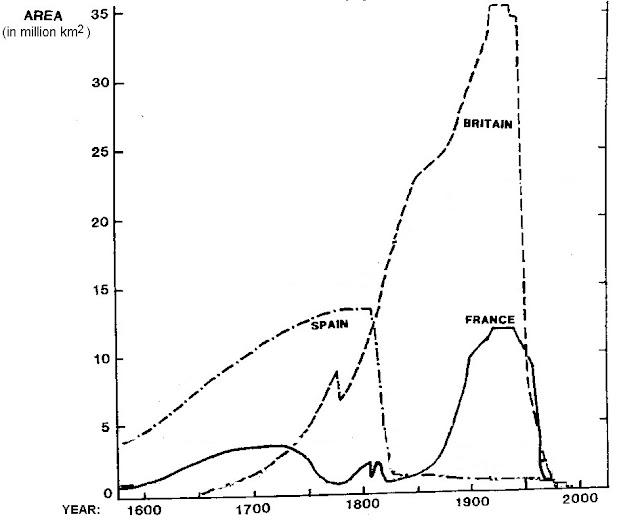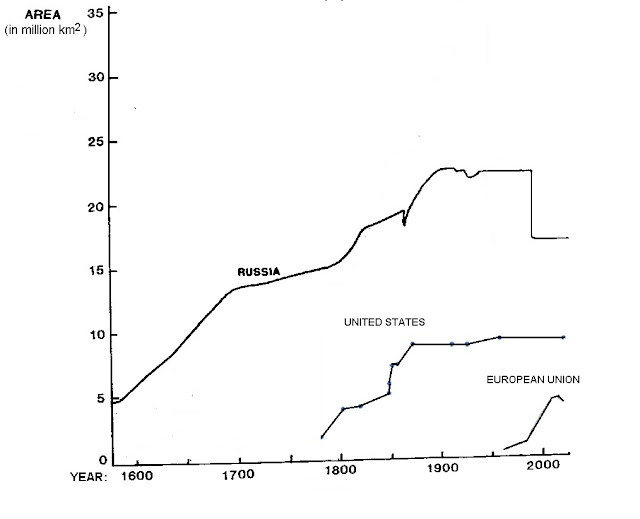By Josep Colomer.

Is It the End of the European Empire?
Those of us who have been characterizing the European Union as an ‘Empire’ emphasize that empires are distinguished by their internal asymmetries and that they expand and contract. Now the president of the European Commission wonders whether the EU should devolve some powers to some states while “those who want more do more” CLICK. Also, after a series of expansions of the EU during six decades, Brexit is going to be the first contraction. The question emerges if all this will be the beginning of a general collapse and dissolution.
An essential point is that, in the case of the EU, we refer to ‘Empire’ as a polity or a complex form of political organization with notable asymmetries –not as an imperialistic policy of conquest and domination of other lands and populations. Analogously, Magali Gravier has recently distinguished between “inward” and “outward” empires. CLICK
If the EU were an outward, imperialistic empire, then an appropriate comparison could be with the historical Spanish, British and French colonial empires. As shown in the Graph below, each of these empires experienced a long period of expansions –mostly through wars and conquests from the European core to overseas lands— which was followed by a sudden collapse.

But if, in contrast, the EU is conceived as an inward, non-imperialistic empire whose expansions have covered contiguous continental lands –mostly by means of unequal agreements and enlargements–, then it may be more appropriate to compare it with the American (USA) or the Russian Empires. This type of empires may suffer some contractions, such as the one experimented by the dissolution of the Soviet Union. But if the core –formed in the case of the EU by Germany and France— remains stable, they may maintain or even increase their internal asymmetries –as suggested by Juncker–, but nevertheless survive for a long time, as can be seen in the Graph below.

The curves for Spain, Britain, France and Russia are adapted from Rein Taagepera, 1997, ‘Expansion and Contraction Patterns of Large Polities’, International Studies Quarterly, 41, 3: 475-504. CLICK
The curves for the USA and the EU and the two maps are by the author of this Blog.
See also from my book: The European Empire CLICK
“The European Union can endure and succeed as an “empire” because empires typically hold uneven levels of formal integration of countries and varied degrees of people’s allegiance. Loose borders also create opportunities for expansions and contractions, that is, for changes in the empire membership…
Some people may want to see the current empire as a stalled stage of building a homogeneous political community where centralizing rulers are unable to complete the process. But the image of “incompleteness” of the European Empire is only an optical effect provoked by the mirage of a United States of Europe. The empire may not be an intermediate stage between a set of sovereign states and a united federation. The asymmetries and the diversity of the European Union are not necessarily transitional. With the current configuration and in the foreseeable future, they are bound to endure.”
=========================================================


